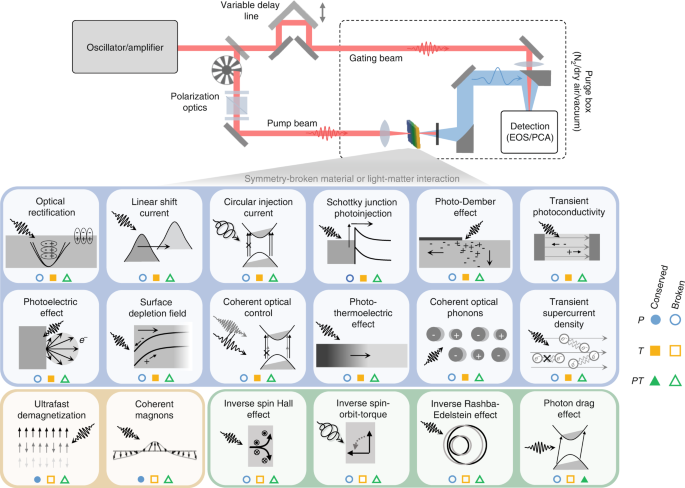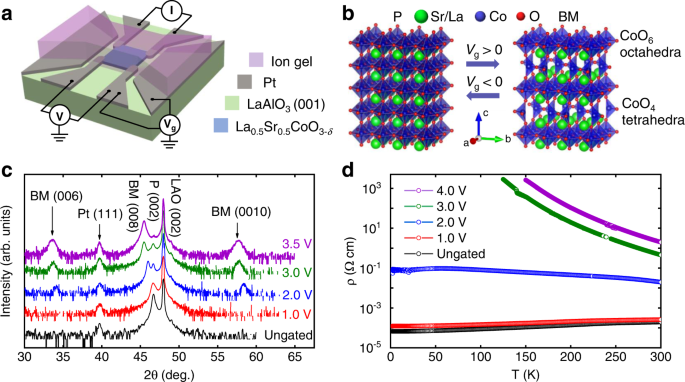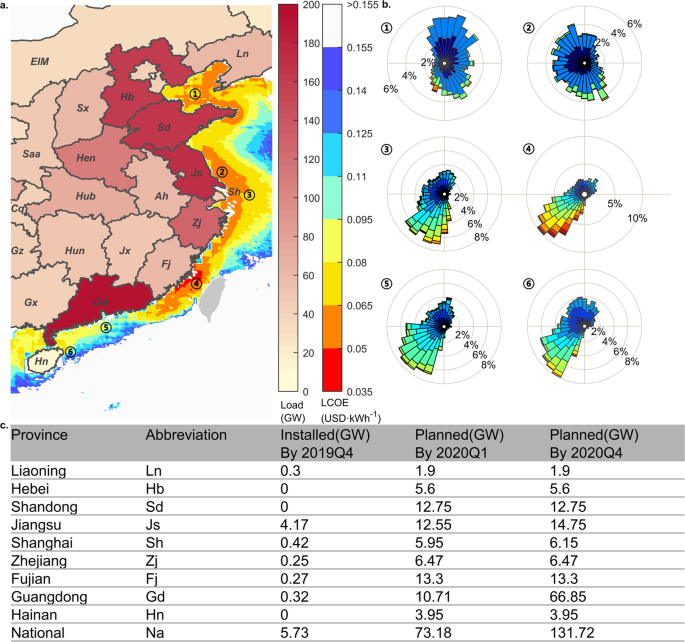2023-06-08 ロスアラモス国立研究所(LANL)
超伝導体や磁石などの新素材の基本的な性質や振る舞いをテラヘルツ発光分光で明らかにする Terahertz-emission spectroscopy uncovers the basic properties and behaviors of emerging materials such as superconductors and magnets
◆材料の対称性を利用してテラヘルツ放射を生成し、その応答を測定することで、材料の構造や電子磁性特性、光と物質の相互作用について詳細な洞察が得られる。また、人工構造化による材料の対称性の制御は、既存の材料の枠組みを超えたエキゾチックな特性や現象の発見を促す可能性がある。
<関連情報>
- https://discover.lanl.gov/news/0608-quantum-materials/
- https://www.nature.com/articles/s41377-023-01163-w
対称性の破れた新素材から超高速テラヘルツ放射を発見 Ultrafast terahertz emission from emerging symmetry-broken materials
Jacob Pettine,Prashant Padmanabhan,Nicholas Sirica,Rohit P. Prasankumar,Antoinette J. Taylor & Hou-Tong Chen
Light: Science & Application Published:01 June 2023
DOI:https://doi.org/10.1038/s41377-023-01163-w

Abstract
Nonlinear optical spectroscopies are powerful tools for investigating both static material properties and light-induced dynamics. Terahertz (THz) emission spectroscopy has emerged in the past several decades as a versatile method for directly tracking the ultrafast evolution of physical properties, quasiparticle distributions, and order parameters within bulk materials and nanoscale interfaces. Ultrafast optically-induced THz radiation is often analyzed mechanistically in terms of relative contributions from nonlinear polarization, magnetization, and various transient free charge currents. While this offers material-specific insights, more fundamental symmetry considerations enable the generalization of measured nonlinear tensors to much broader classes of systems. We thus frame the present discussion in terms of underlying broken symmetries, which enable THz emission by defining a system directionality in space and/or time, as well as more detailed point group symmetries that determine the nonlinear response tensors. Within this framework, we survey a selection of recent studies that utilize THz emission spectroscopy to uncover basic properties and complex behaviors of emerging materials, including strongly correlated, magnetic, multiferroic, and topological systems. We then turn to low-dimensional systems to explore the role of designer nanoscale structuring and corresponding symmetries that enable or enhance THz emission. This serves as a promising route for probing nanoscale physics and ultrafast light-matter interactions, as well as facilitating advances in integrated THz systems. Furthermore, the interplay between intrinsic and extrinsic material symmetries, in addition to hybrid structuring, may stimulate the discovery of exotic properties and phenomena beyond existing material paradigms.



